[ad_1]
When you’re in kindergarten, every day is chock-full of new discoveries! These hands-on kindergarten science experiments and activities take advantage of kids’ boundless curiosity. They’ll learn about physics, biology, chemistry, and more basic science concepts, gearing them up to become lifelong learners.
(Just a heads up, WeAreTeachers may collect a share of sales from the links on this page. We only recommend items our team loves!)
1. Use apples to learn what science is all about
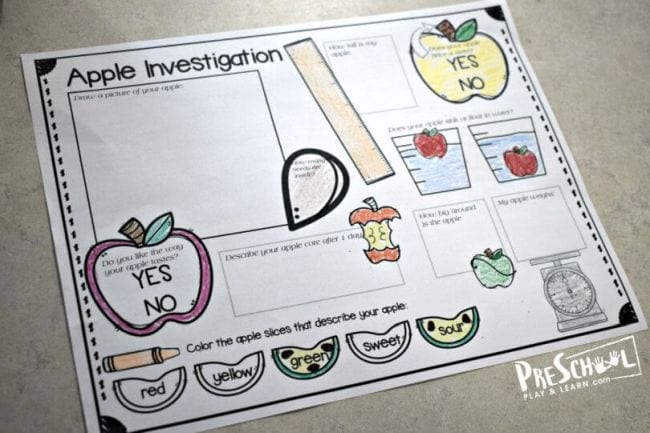
This apple investigation is a great way to start. It encourages kids to examine an apple using a variety of techniques to learn its properties. Get a free printable worksheet for this activity at the link.
Learn more: Preschool Play & Learn
2. Paint with salt
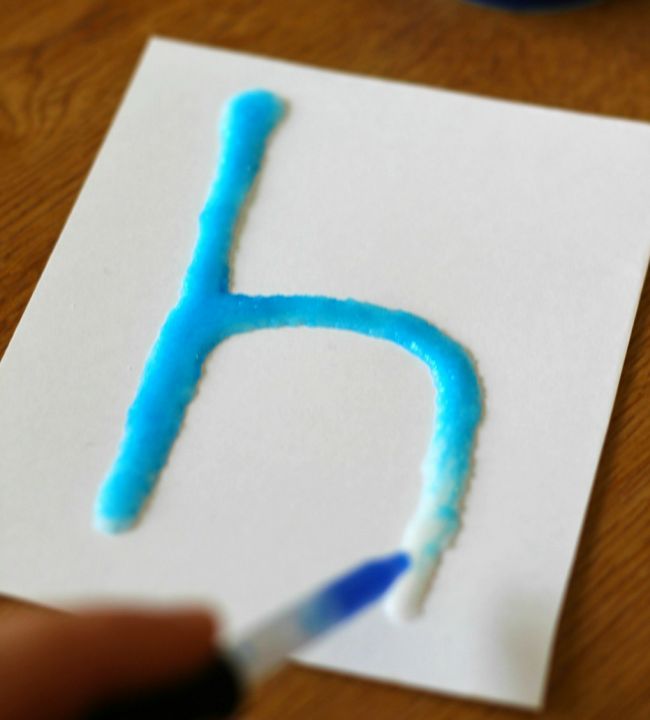
Okay, kindergarteners probably won’t remember the word “hygroscopic,” but they’ll enjoy watching the salt absorb and transfer colors in this neat experiment.
Learn more: A Dab of Glue Will Do
3. Play with “magic” milk
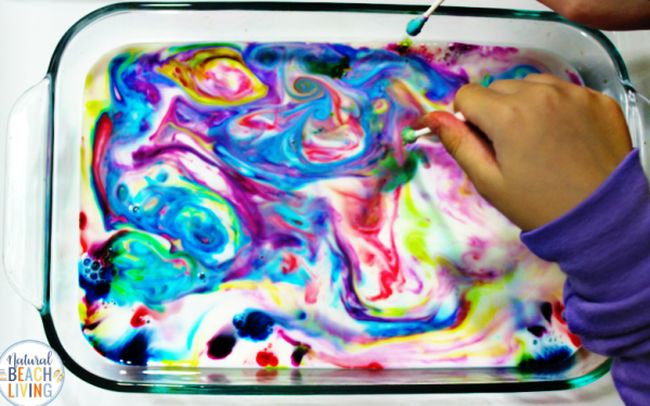
Sometimes science seems like magic! In this case, dish soap breaks down milk fats and causes a colorful swirling reaction that will mesmerize little learners.
Learn more: Natural Beach Living
4. Race balloon rockets

Introduce little ones to the laws of motion with easy-to-make balloon rockets. When the air shoots out one end, the balloons will sail off in the other direction. Whee!
Learn more: Hands On Teaching Ideas
5. Lift a bag with balloons
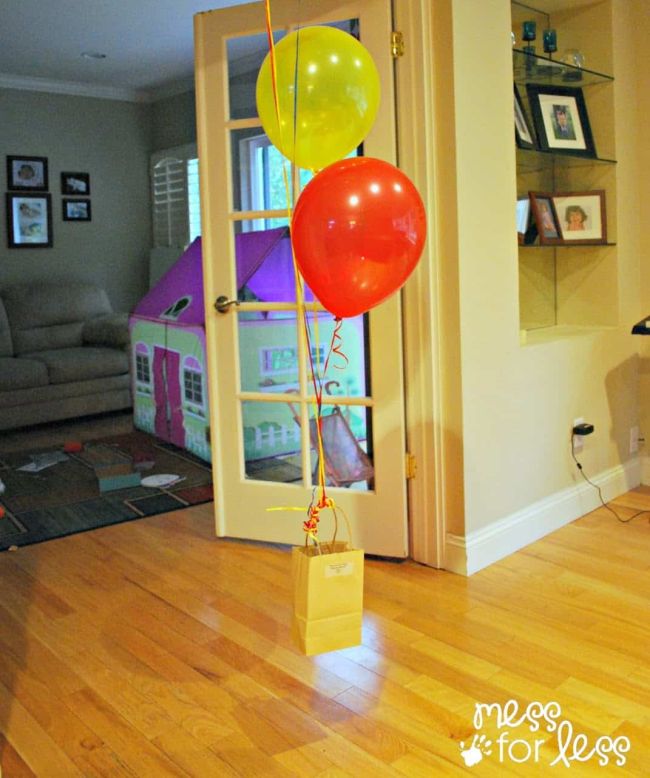
You’ll need helium balloons for this one, and kids are gonna love it. Ask them to guess (hypothesize) how many balloons it will take to lift various items in a bag attached to the strings.
Learn more: Mess For Less
6. Discover how plants breathe
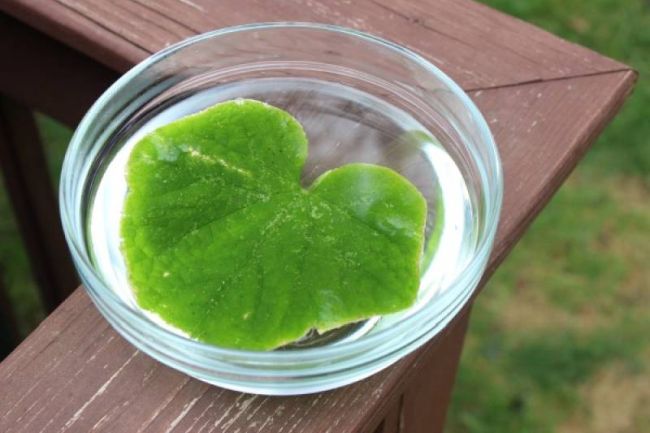
Kids might be surprised when you tell them that trees breathe. This experiment will help prove it’s true.
Learn more: Edventures With Kids
7. Learn how germs spread

There’s never been a better time to add a hand-washing experiment to your list of kindergarten science activities. Use glitter as a stand-in for germs, and learn how important washing your hands with soap really is.
Learn more: Gift of Curiosity/Hand Washing
8. Use your senses to explore the properties of mystery items
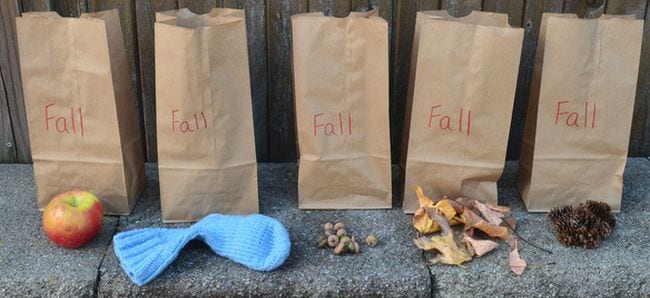
Mystery bags are always a hit with kids. Tuck a variety of objects inside, then encourage kids to feel, shake, smell, and explore as they try to determine what the items are without looking.
Learn more: Simple Play Ideas
9. Play with fizzing ice cubes
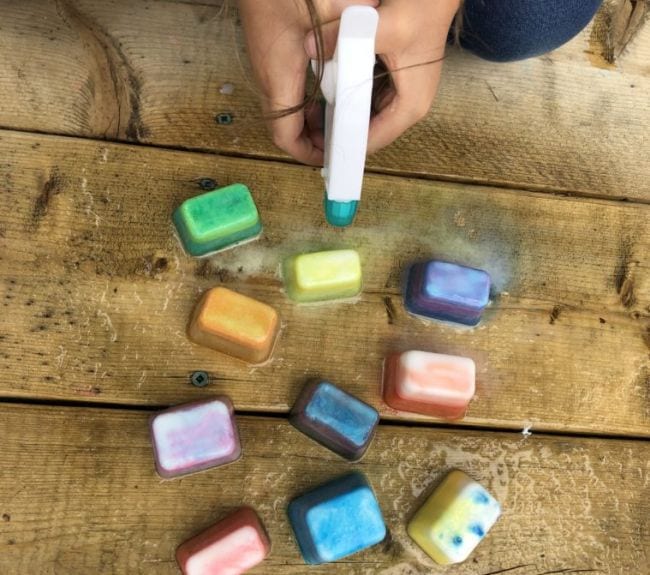
While kinders may not entirely understand the concept of acid-base reactions, they’ll still get a kick out of spraying these baking soda ice cubes with lemon juice and watching them fizz away!
Learn more: The Play-Based Mom
10. Find out what sinks and what floats
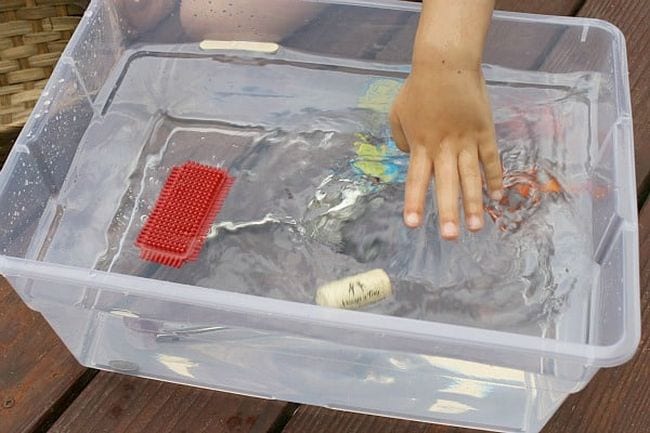
Kids learn about the property of buoyancy and get some practice making predictions and recording the results with this easy experiment. All you need is a container of water to get started.
Learn more: Buggy and Buddy
11. Explore buoyancy with oranges
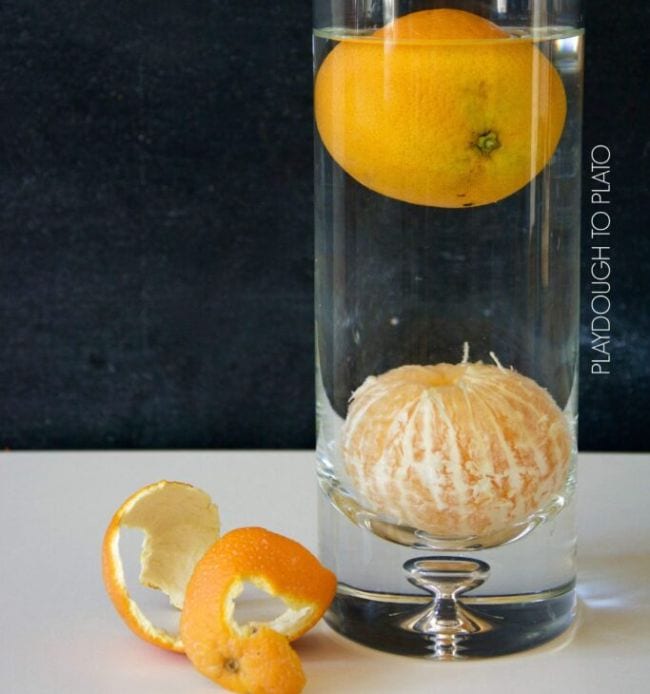
Expand your exploration of buoyancy with this cool demo. Kids will be surprised to learn that even though an orange feels heavy, it floats. That is, until you peel off the skin!
Learn more: Playdough to Plato
12. Sniff away at scent bottles
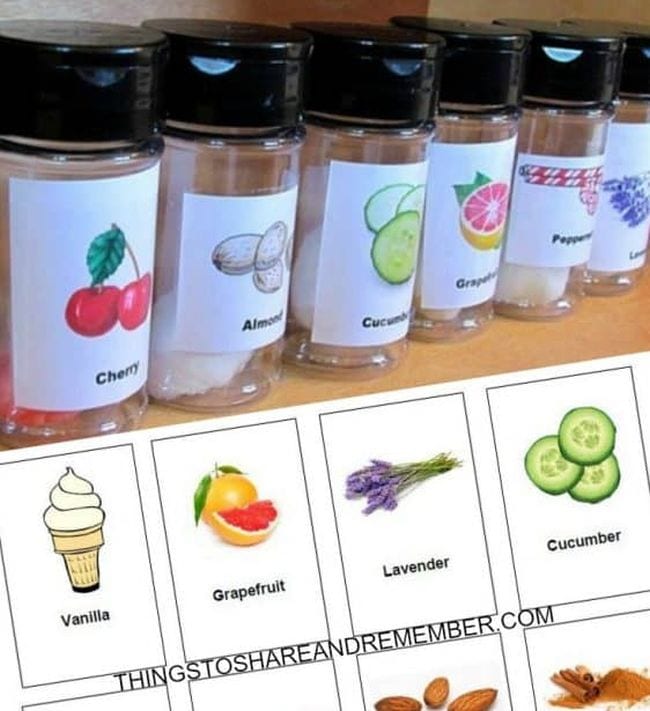
Here’s another way to engage the senses. Drop essential oils onto cotton balls, then seal them inside spice bottles. Kids sniff the bottles and try to identify the smell.
Learn more: Things to Share and Remember
13. Play with magnets
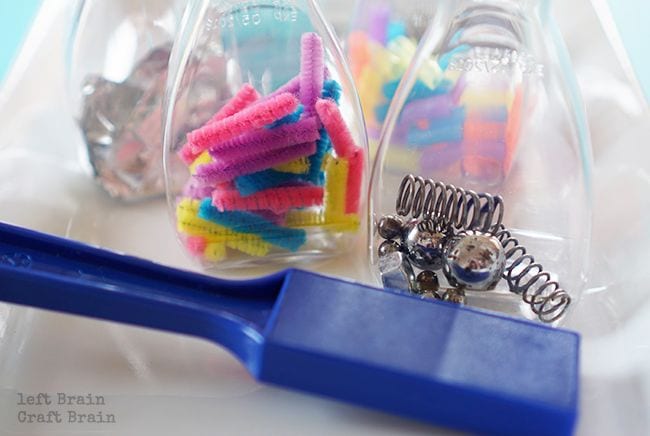
Magnet play is one of our favorite kindergarten science activities. Place a variety of items into small bottles, and ask kids which ones they think will be attracted to the magnets. The answers may surprise them!
Learn more: Left Brain Craft Brain
14. Waterproof a boot

This experiment lets kindergarteners try their hand at “waterproofing” a boot with a variety of materials. They use what they already know to predict which materials will protect the paper boot from water, then experiment to see if they’re right.
Learn more: Science Sparks
15. Watch colored water walk
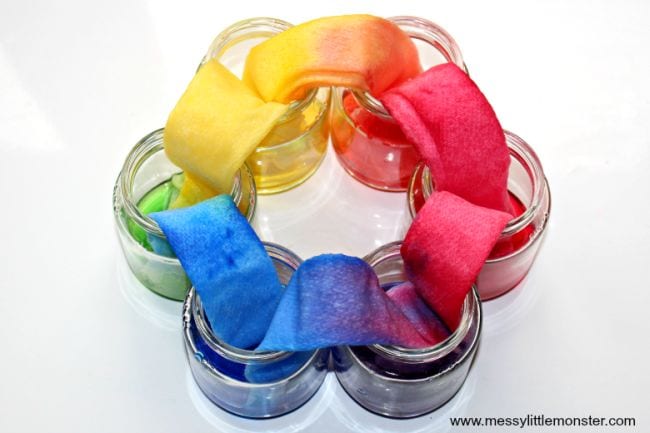
Fill three small jars with red, yellow, and blue food coloring and some water. Then place empty jars in between each. Fold paper towel strips and place them in the jars as shown. Kids will be amazed as the paper towels pull the water from full jars to empty ones, mixing and creating new colors!
Learn more: Messy Little Monster
16. Create a tornado in a jar
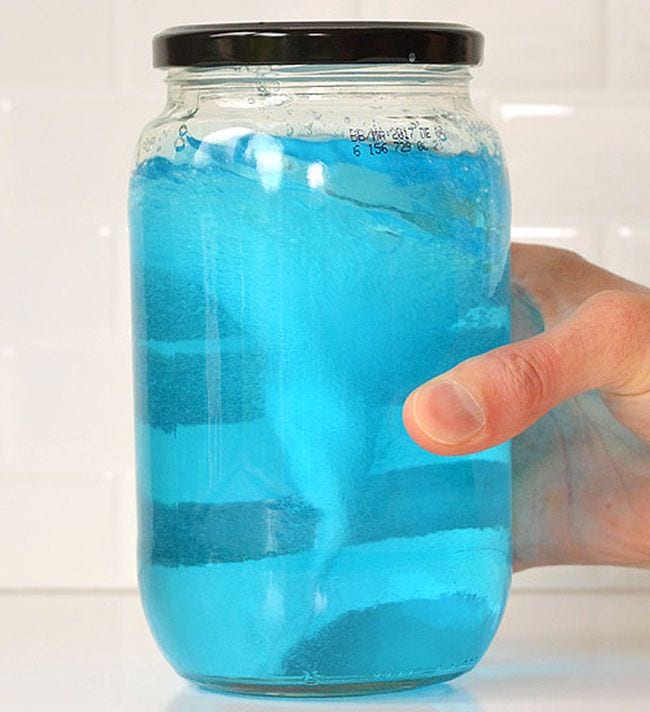
As you fill in the weather during daily calendar time, you might have a chance to talk about severe storms and tornadoes. Show your students how twisters form with this classic tornado jar experiment.
Learn more: One Little Project/Tornado in a Jar
17. Suspend water inside a jar
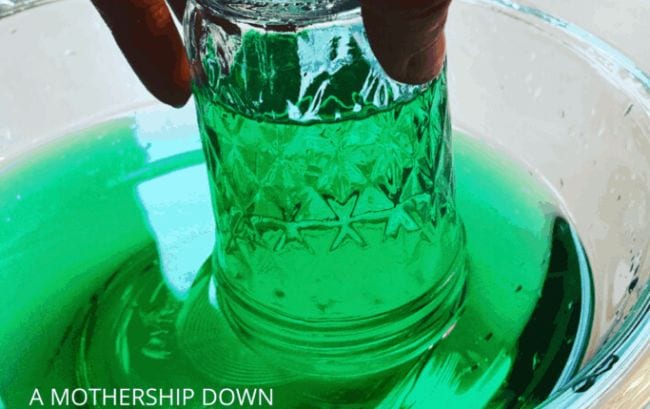
Lots of kindergarten science activities involve water, which is terrific because kids love to play in it! In this one, show your students how air pressure keeps water in a jar, even when it’s upside-down.
Learn more: A Mothership Down
18. Dig into some soil science
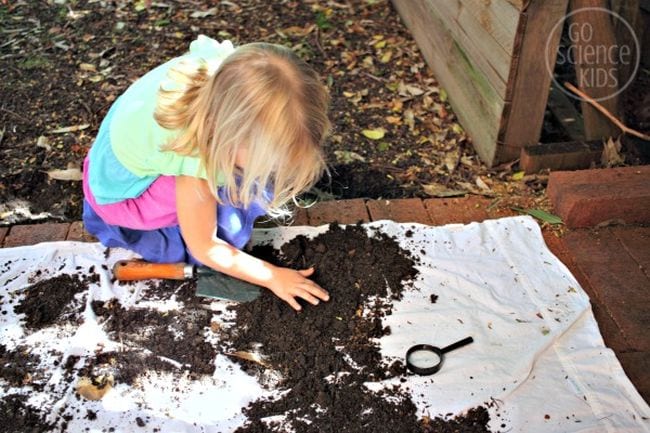
Ready to get your hands in the dirt? Scoop up some soil and examine it more closely, looking for rocks, seeds, worms, and other items.
Learn more: Go Science Kids/Backyard Science Experiment
19. See popcorn kernels dance
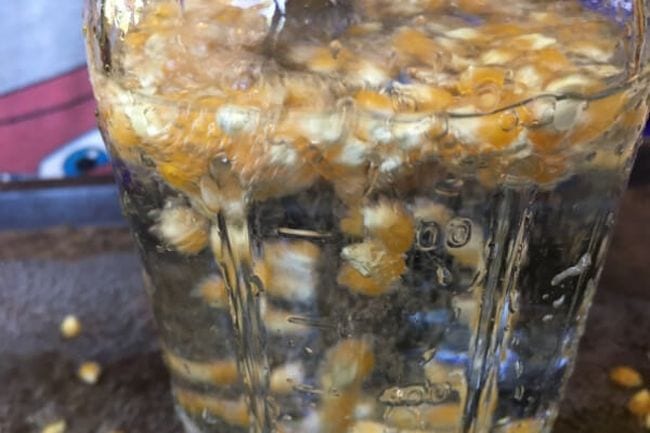
Here’s an activity that always feels a bit like magic. Drop an Alka-Seltzer tablet into a glass of water with popcorn kernels, and watch as the bubbles cling to the kernels and make them rise and fall. So cool!
Learn more: Everyday Chaos and Calm
20. Mix up some Oobleck
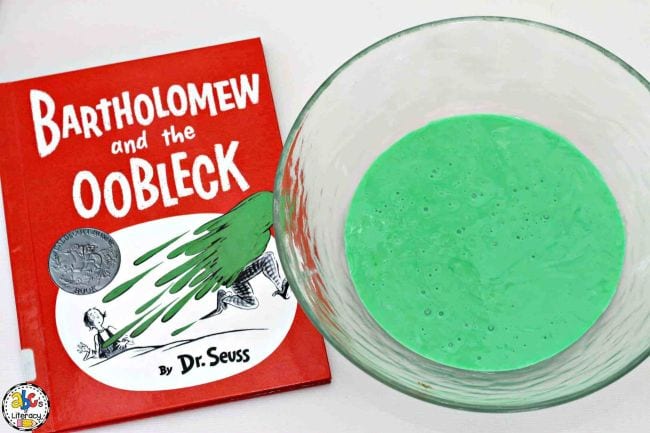
Perhaps no book leads so perfectly in a science lesson as Dr. Seuss’s Bartholomew and the Oobleck. Just what is oobleck? It’s a non-Newtonian fluid, which looks like a liquid but takes on the properties of a solid when squeezed. Weird, messy… and so much fun!
Learn more: ABCs of Literacy
21. Make it rain with shaving cream

Here’s another neat weather-related science experiment. Make shaving cream “clouds” on top of the water, then drop food coloring in to watch it “rain.”
Learn more: One Little Project/Shaving Cream Rain Clouds
22. Grow crystal letters
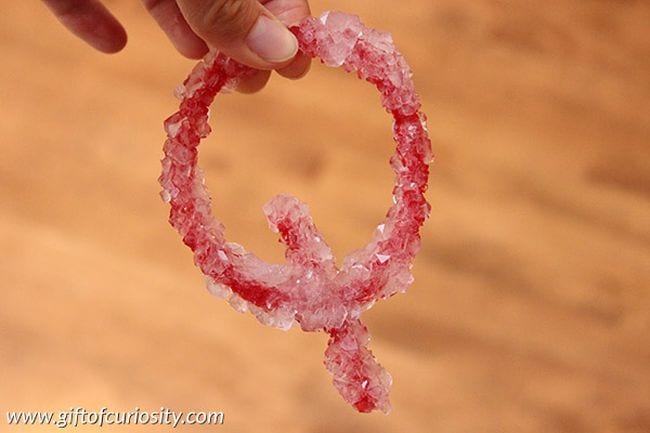
No list of kindergarten science activities would be complete without a crystal project! Use pipe cleaners to make the letters of the alphabet (numbers are good too), then grow crystals on them using a supersaturated solution.
Learn more: A Gift of Curiosity/Crystal Letters
23. Bend light with water
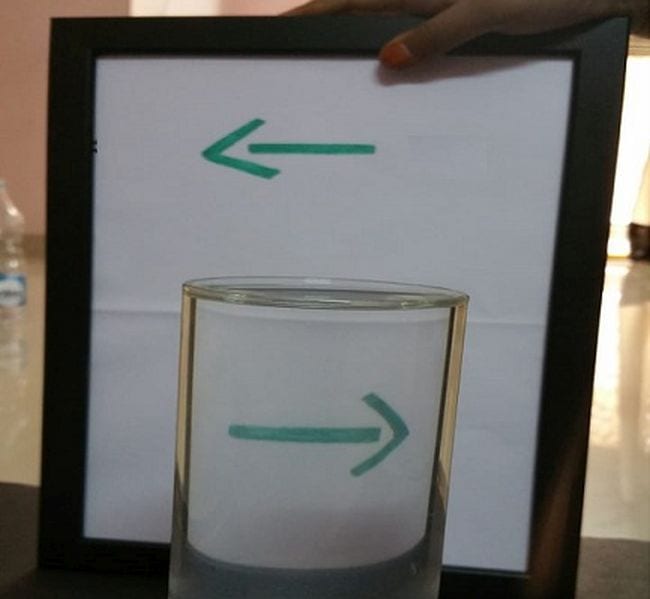
Light refraction produces some incredible results. Your students will think it’s magic when the arrow on the paper changes direction … until you explain that it’s all due to the way water bends the light.
Learn more: Go Science Girls/Light Glass Water Play
24. Blow up your fingerprints

You don’t need a microscope to look at fingerprints up close! Instead, have each student make a print on a balloon, then blow it up to see the whorls and ridges in detail.
Learn more: The Natural Homeschool
25. Bounce popcorn with sound waves
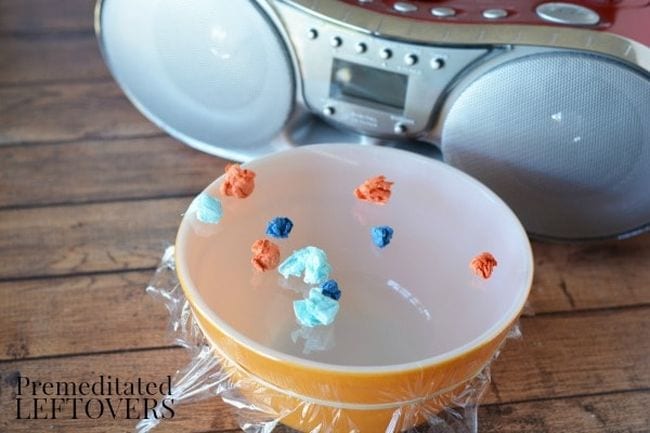
Sound may be invisible to the naked eye, but you can see the waves in action with this demo. The plastic wrap-covered bowl is the perfect stand-in for an eardrum.
Learn more: Premeditated Leftovers
26. Build a three little pigs STEM house
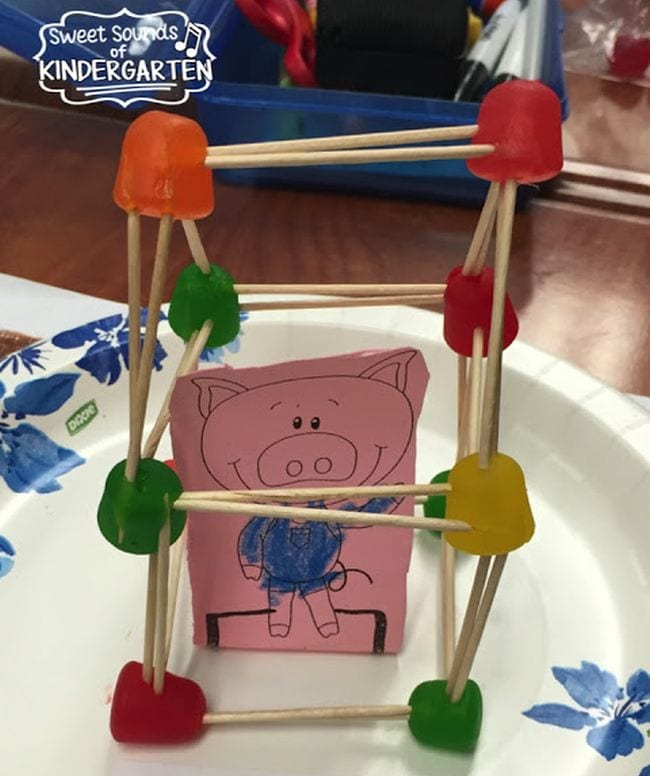
Can your little engineers create a house that protects a little piggie from the big bad wolf? Try this STEM challenge and find out!
Learn more: Sweet Sounds of Kindergarten
27. Draw a marble maze
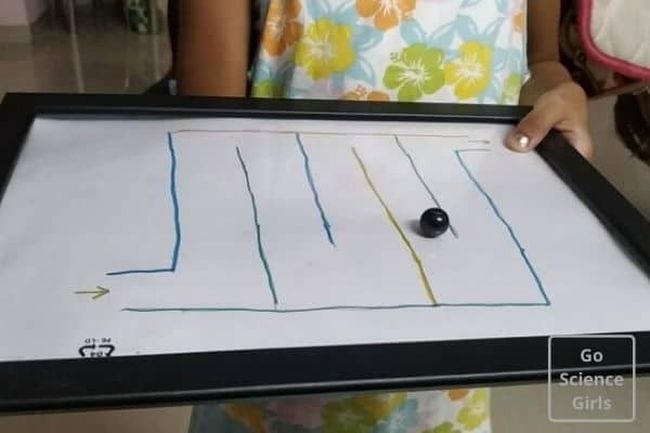
Tell kids they’re going to move a marble without actually touching it, and watch their eyes widen in surprise! They’ll have fun drawing mazes to guide a metal marble through with a magnet from beneath.
Learn more: Go Science Girls/Magnet Marble Maze
28. Germinate a seed
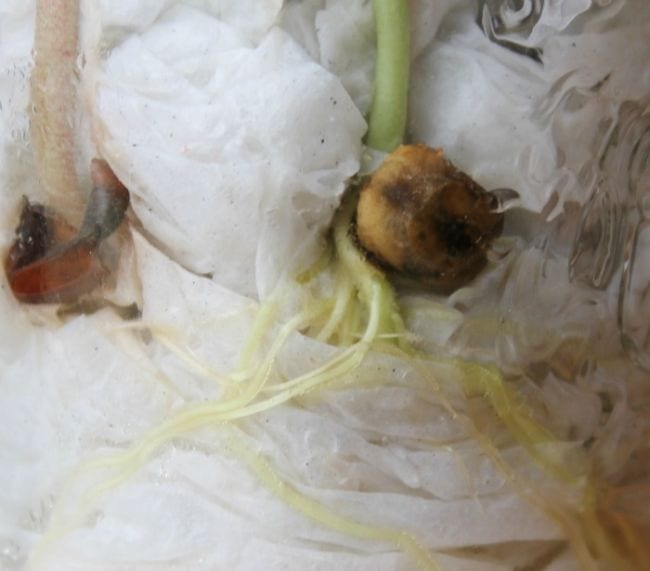
There’s something about seeing a seed develop roots and shoots with your very eyes that’s just so incredible. Sprout bean seeds in paper towels inside a glass jar to give it a try.
Learn more: How Wee Learn
29. Move a butterfly’s wings with static electricity

Part art project, part science lesson … all fun! Kids make tissue paper butterflies, then use the static electricity from a balloon to flap the wings.
Learn more: I Heart Crafty Things
30. Change the color of flowers
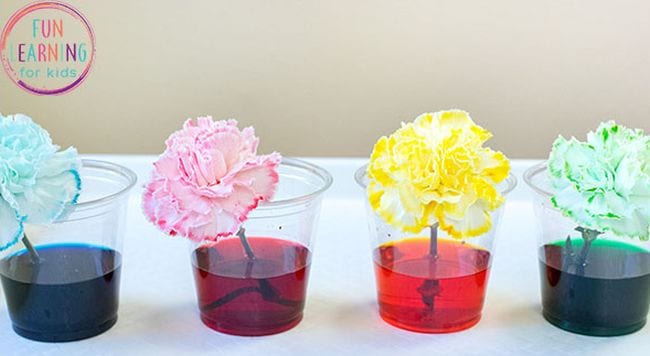
This is one of those classic kindergarten science activities everyone should try at least once. Learn how flowers “drink” water using capillary action, and create beautiful blooms while you’re at it!
Learn more: Fun Learning for Kids
Keep the learning going with these Kindergarten Math Games That Make Numbers Fun from Day One.
Plus, sign up for our newsletters to get all the latest teaching tips and ideas, straight to your inbox!
[ad_2]
Source link
